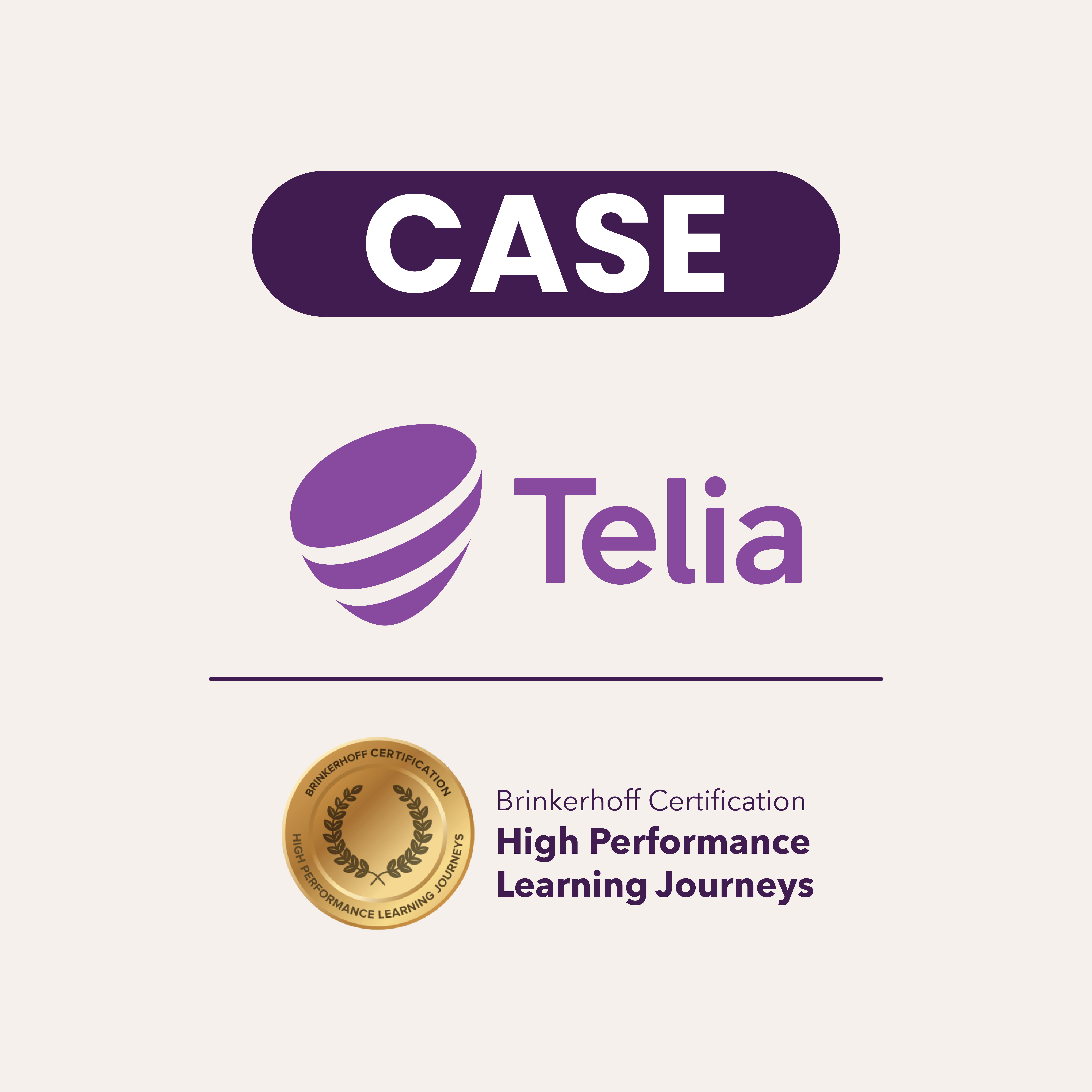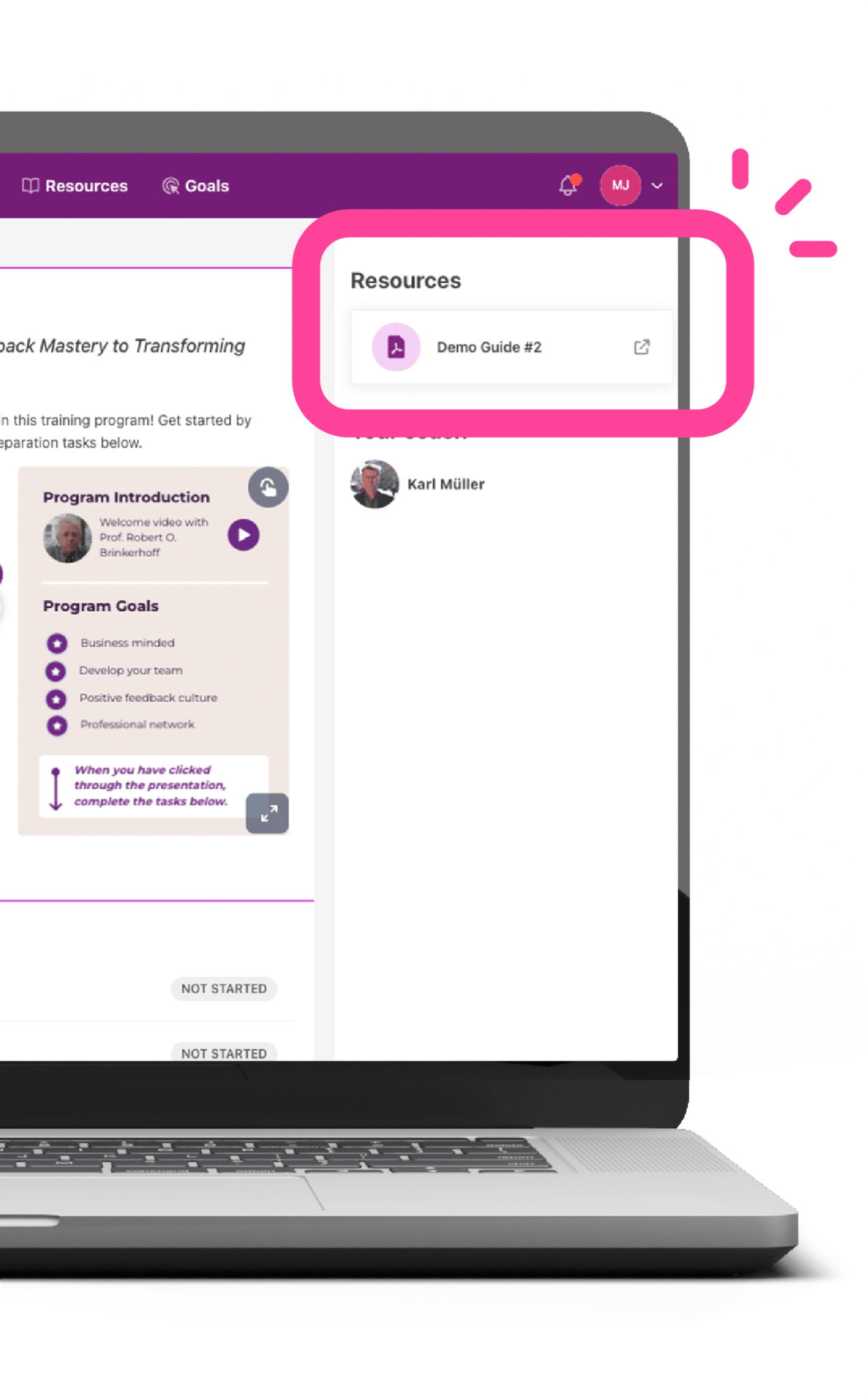When we conduct training impact evaluation studies, we interview samples of participants who got great results from applying their learning, and also samples of those who got little or no value.
We know that training success depends on a lot more than the quality of the training content and methods themselves. So, we always try to identify the contextual factors that helped support success, and those factors that impeded success.
We learn a lot about when training works, why it works, and when it does not work, what gets in the way. And one lesson is just so simple and blatantly obvious that it is easy to overlook.
What is that lesson? Read these two interview excerpts and figure it out.
Background: The program we were evaluating was team building and leadership training for high-potential leaders in a Fortune 50 globally diverse company.
Participant A: Used the training frequently over past six months and put together a team that opened a new market in the Far East that is out-selling competitors and ranks in the top 15% for new sales company-wide.
Interviewer: “You have no doubt gotten training in your career that just did not seem to score for you, but this one, according to you, was hugely helpful. What do you think was the difference? Why did this prove so helpful to you?”
Participant A: “You’re right about that. I’ve spent time in training in the past that frankly was a waste of my time. But this one hit me at exactly the right time. It was not like this content was brand new to me; I have an MBA and had heard most of this stuff before. But, I had just been assigned a new leadership role of a struggling business unit. The tools, the exercises, and the feedback I got from this program were just what I needed to recall and do, at just the right time for me to put it to use. This training was my “crutch” that got me through the first three months putting together a new team and re-motivating the older team members. Without this training, I cringe to think what may have happened. It could have been bad”
Participant B: Got the same training in the same cohort as Participant A, but made no use of it.
Interviewer: “We wanted to talk to you as you, like some others in this program,, just seemed to get no value from it? What do you think went wrong?”
Participant B: “Well, it was certainly no fault of the training leaders or the program. That was all pretty darn good in my view. I’ve certainly seen worse in my career. But at the time I was on leave for six weeks to try to straighten out some family issues. To be honest, my mind was barely on my work at all, and I just had no mental space for making any kind of change. Fortunately, my work was running OK on its own. We were holding relatively steady in sales and margins, and my team were fine at keeping the status quo. In retrospect, I never should have signed up for the program. But, I thought, hey, I have some time free, why not do at least something. So I enrolled.”
There you have it. Over our several decades of doing these impact studies, Participant A and Participant B have become familiar acquaintances! We could not count the times, when we ask “So, how did you get into this program?” that we hear something like “Well, it fit my calendar pretty well – I had some time and opportunity open, so I went for it.”
Our advice? Find some Participant A and Participant B examples in your own organization. Tell their story, and advise your L&D clients and customers that if they want to leverage their training investments into results, let Need & Opportunity-to-Apply Learning drive enrollment, not Calendars!




